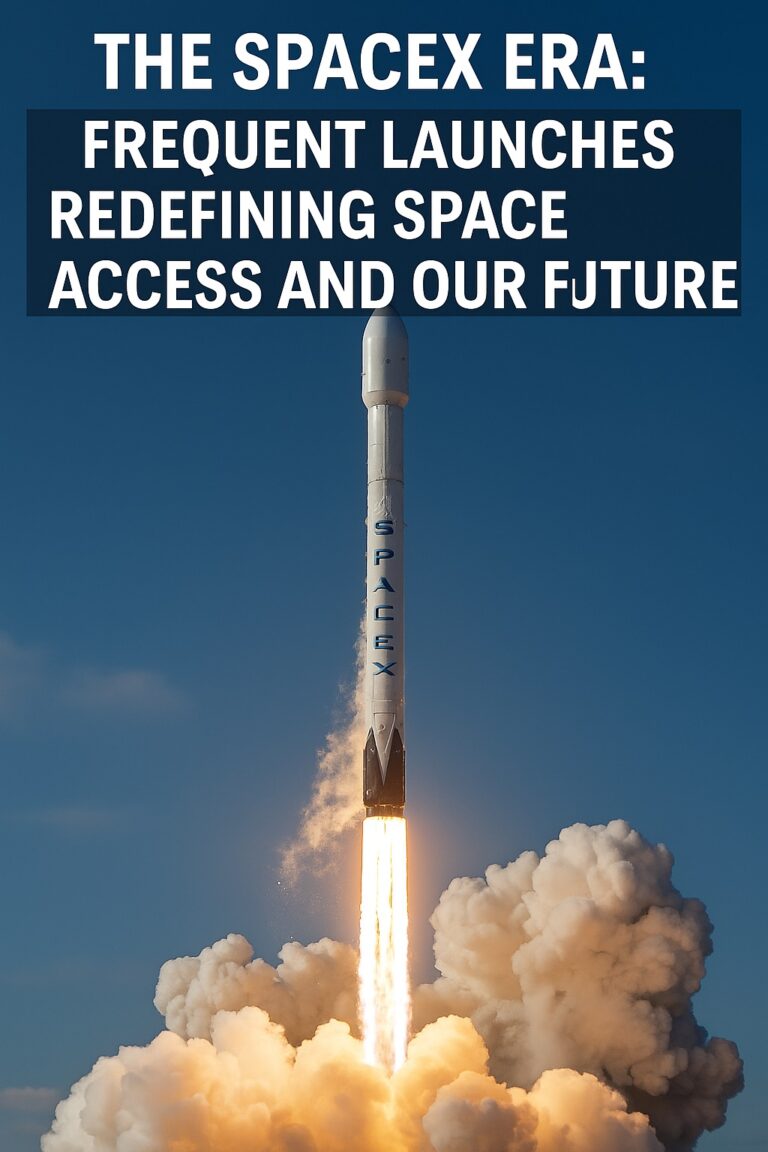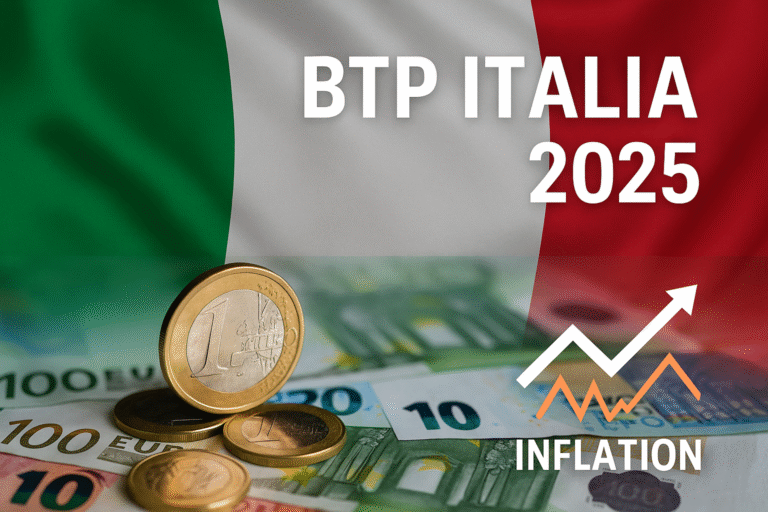U.S. President Donald Trump concluded a highly symbolic and consequential visit to Saudi Arabia from May 13 to 14, 2025, marking his first international trip of his second term. Echoing his 2017 foreign policy strategy, Trump once again chose Riyadh as his first overseas destination—underscoring the renewed importance of the U.S.-Saudi partnership in shaping the Middle East’s evolving balance of power.
This visit was not merely ceremonial. From massive economic pledges to geopolitical realignments and controversial diplomatic moves, the trip delivered a mix of high-stakes diplomacy and transactional deal-making that may significantly alter regional and global dynamics.
Key Objectives and Outcomes of the Visit
💰 Massive Economic Pledges
Trump and Crown Prince Mohammed bin Salman (MBS) announced a sweeping investment and defense package, including:
- $600 billion in pledged Saudi investments into U.S. infrastructure, AI, semiconductors, and clean energy—aiming to reach $1 trillion by 2030.
- Partnerships with Nvidia, AMD, General Electric, and Tesla to advance Saudi Arabia’s Vision 2030 goals.
- A defense package involving over $110 billion in military hardware and technology, with deals benefiting Raytheon, Lockheed Martin, Boeing, and others.
🕊️ Abraham Accords 2.0 – Conditional Progress
Reviving normalization talks between Saudi Arabia and Israel was a key item on the agenda. Trump reiterated his desire to expand the Abraham Accords, but Saudi officials insisted on a clear path to Palestinian statehood as a precondition—marking a nuanced shift from previous stances.
☢️ Saudi Civilian Nuclear Ambitions
The U.S. agreed in principle to support Saudi Arabia’s civilian nuclear energy program, with strict non-proliferation terms. This move drew mixed reactions, with critics raising concerns about regional nuclear escalation, especially regarding Iran.
🌍 Diplomatic Shock: Syria Sanctions Lifted
In a highly controversial move, Trump announced the lifting of key U.S. sanctions on Syria, following a private meeting with Syrian President Ahmad al-Sharaa (who succeeded Bashar al-Assad in 2024). Trump emphasized “regional stabilization” and economic integration over punitive isolation.
🛢️ Oil Price Diplomacy
Trump encouraged Saudi Arabia to moderate oil production cuts to help stabilize declining global oil prices, arguing it would boost U.S. and global growth. No formal commitment was made, but MBS expressed openness to “coordinated market support.”
Symbolism & Political Messaging
Trump was received with royal honors: gold-plated receptions, horse parades, and personal audiences with MBS. His rhetoric was unmistakably warm:
“The United States is back—stronger, wealthier, and ready to lead with our partners in peace and prosperity.” – President Trump in Riyadh, May 14, 2025
This mirrored his 2017 strategy, signaling a return to personalized diplomacy and a strong-man rapport with autocratic leaders.
Geopolitical & Strategic Implications
🇺🇸 U.S.-Saudi Relations: A Deeper, Transactional Partnership
Trump’s focus on economic wins and geopolitical realignment, with less emphasis on human rights, reflects a transactional model of diplomacy. This is seen as a continuation—and intensification—of his earlier “America First” approach.
- Strengthened personal bonds between Trump and MBS
- Business-centric foreign policy, prioritizing defense and tech exports
- Human rights and press freedom issues noticeably downplayed
🔍 Expert analysis: Carnegie Endowment for International Peace
🌍 Regional Power Shifts
- Israel-Palestine: The visit could rekindle normalization efforts but risks backlash from hardliners across the Arab world.
- Iran-Saudi Relations: The visit may strain the ongoing Saudi-Iran détente, as Trump pushes for renewed sanctions on Iran’s nuclear program.
- Syria Reintegration: U.S. engagement with Syria could embolden other regional players to restore ties with Damascus, reversing a decade of isolation.
💼 U.S. Domestic Impacts
Trump is already framing the trip as a major economic win, promoting American job creation and energy security ahead of the 2026 midterms. Critics, however, argue the deals are overhyped or recycled from earlier pledges.
Comparisons to Trump’s First-Term Saudi Visit (2017)
| Aspect | 2017 Visit | 2025 Visit |
|---|---|---|
| First Foreign Trip | ✔️ | ✔️ |
| Focus | Arms Deals, Anti-Iran Coalition | Economic Tech Deals, Syria Reset |
| Human Rights Mentioned | Minimally | Largely Ignored |
| Abraham Accords | Not Yet Initiated | Pushed for Expansion |
| Symbolism | Sword Dance, Riyadh Summit | Gold Reception, MBS Meeting |
Conclusion: A Defining Moment for Trump’s Second-Term Foreign Policy
President Trump’s 2025 visit to Saudi Arabia marks more than just a diplomatic stop—it represents a reassertion of Trumpian foreign policy values: big deals, bold moves, and direct engagement with autocratic partners. While the outcomes remain to be fully realized, the visit has undoubtedly redrawn regional conversations on peace, power, and partnership.
Sources & References:
- Reuters: “Trump and MBS announce $600B investment roadmap”
- Associated Press: “Trump concludes Saudi Arabia visit with high-profile deals”
- Al Jazeera: “Trump lifts sanctions on Syria after meeting with new President”
- The Times of Israel: “Trump seeks Saudi-Israel pact in return to Riyadh”
- Bloomberg: “Trump urges Saudi Arabia to stabilize oil prices”
- White House Press Briefing, May 15, 2025
- Carnegie Middle East Center – Geopolitical Outlook
✍️ Author:
Pulsewire Editorial Team
Specializing in geopolitics, energy, and global affairs.
For expert interviews or partnership inquiries, contact us at info@pulsewire.in

![📰 Trump's Global Footprint: Latest Developments in US Foreign Policy [May 27, 2025] ChatGPT Image May 27, 2025, 10_30_38 AM](https://pulsewire.in/wp-content/uploads/2025/05/ChatGPT-Image-May-27-2025-10_30_38-AM-150x150.png)
![ASEAN Takes on Trump's Tariffs: Unity and Diplomacy at the Kuala Lumpur Summit [May 27, 2025] ChatGPT Image May 27, 2025, 12_03_29 PM](https://pulsewire.in/wp-content/uploads/2025/05/ChatGPT-Image-May-27-2025-12_03_29-PM-150x150.png)






